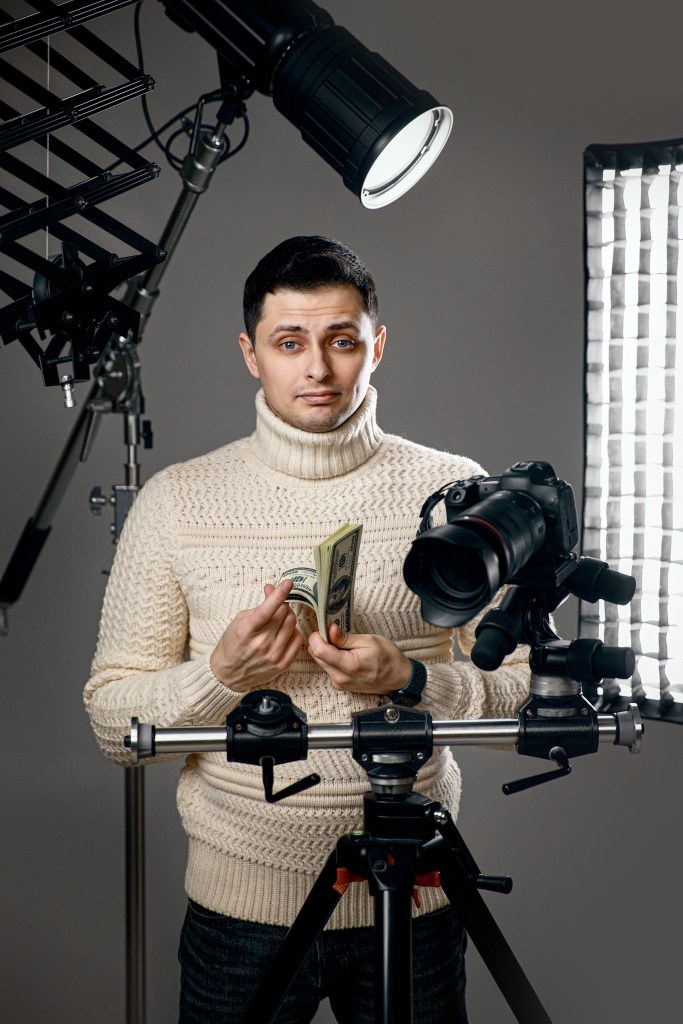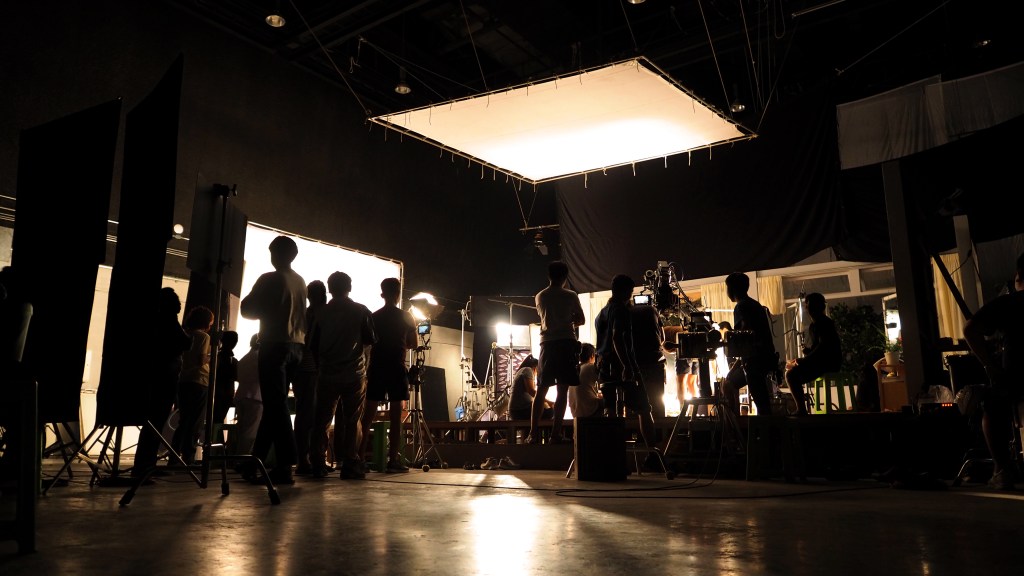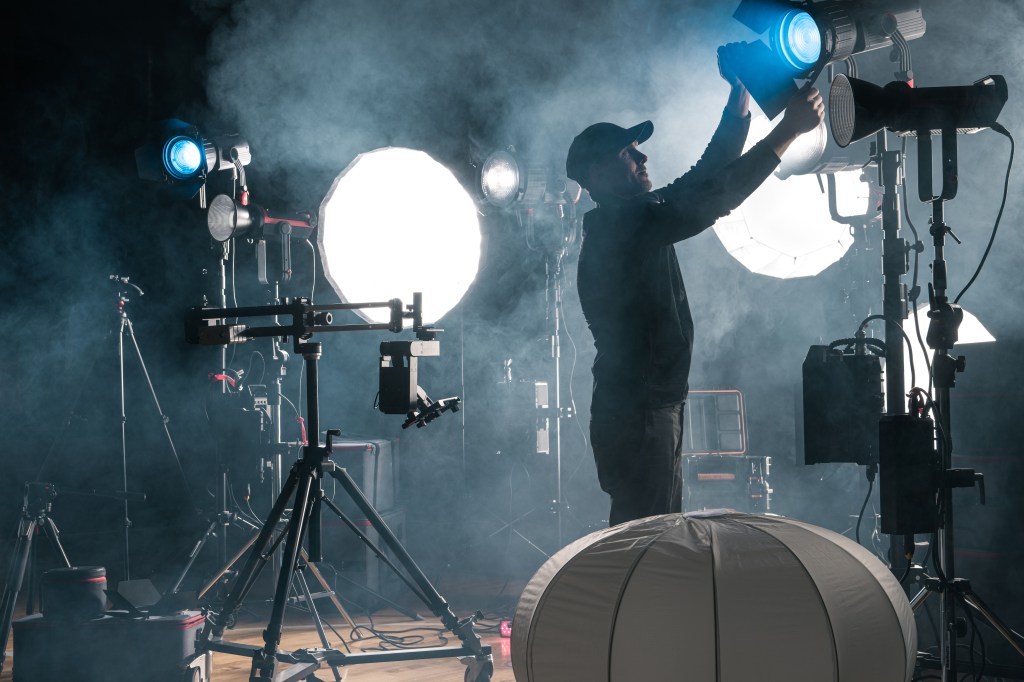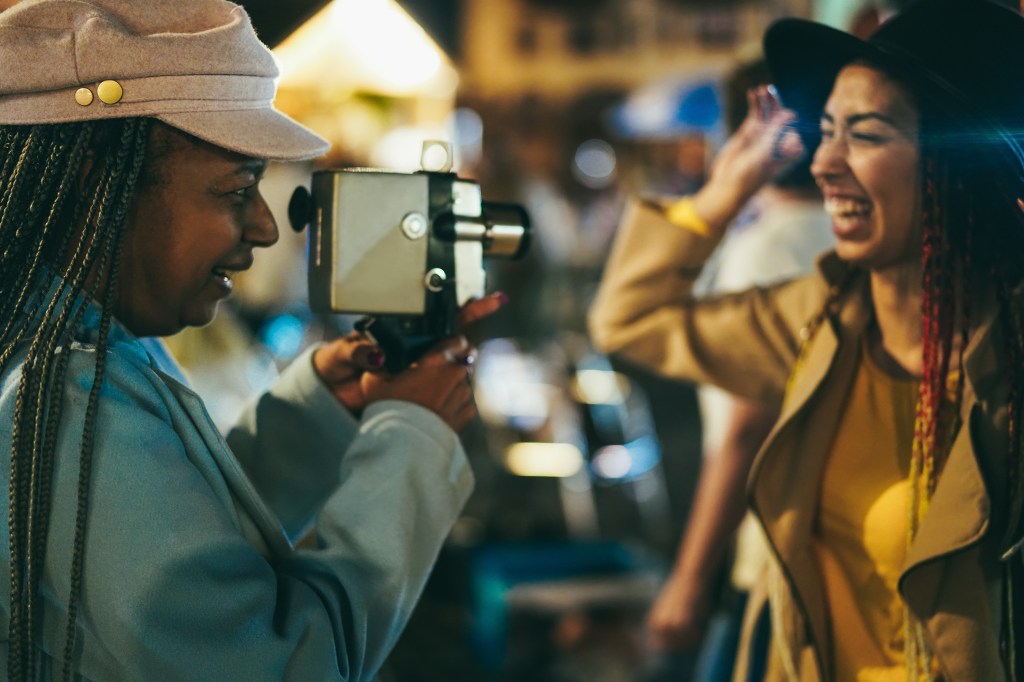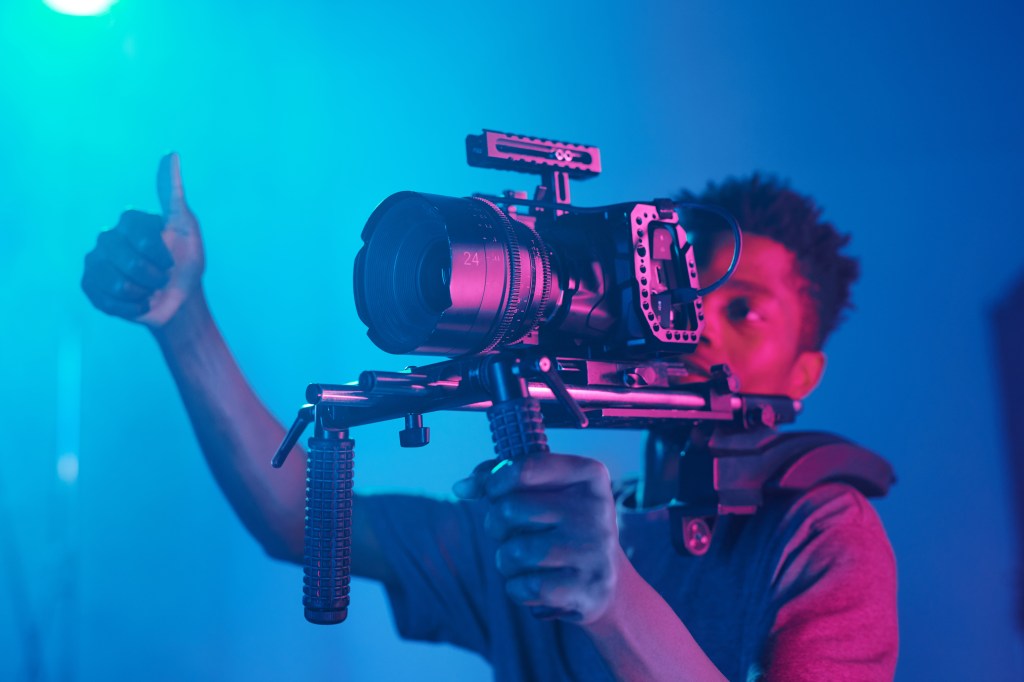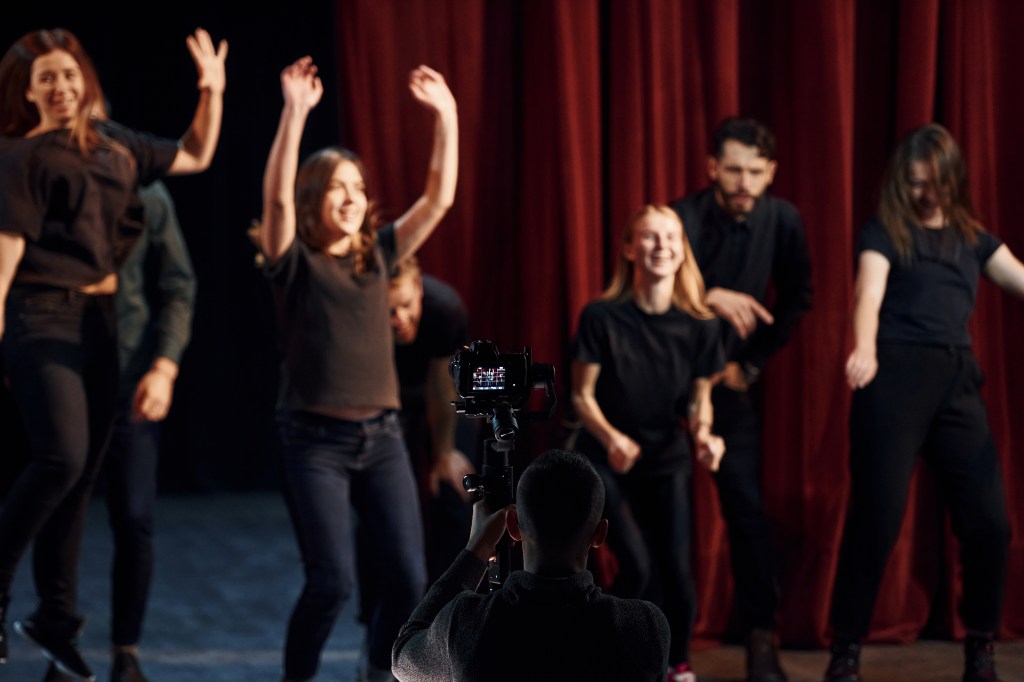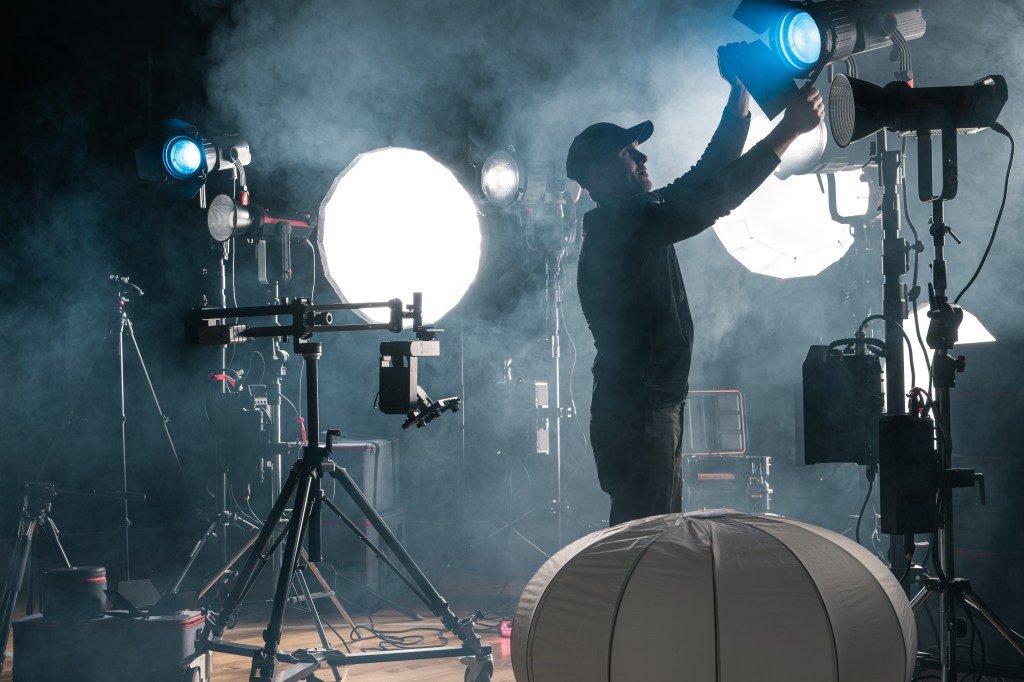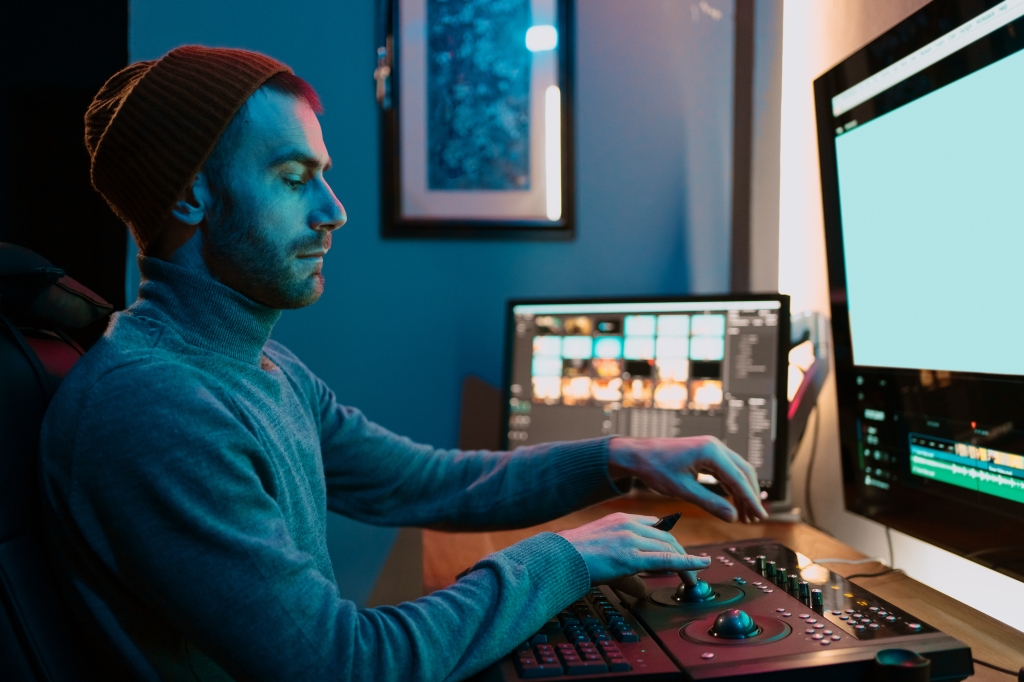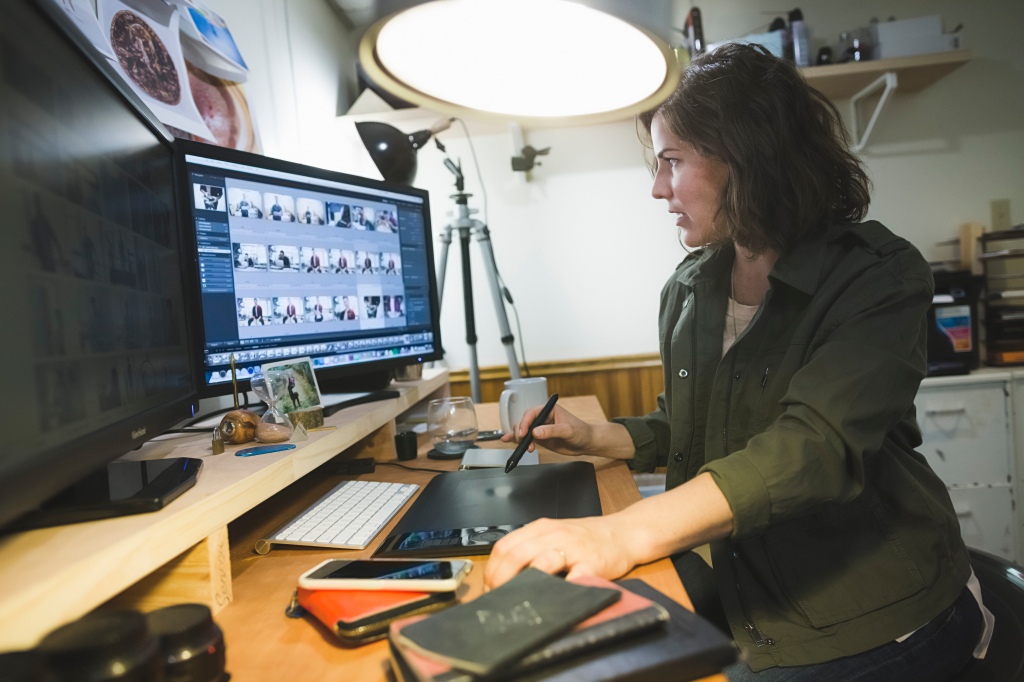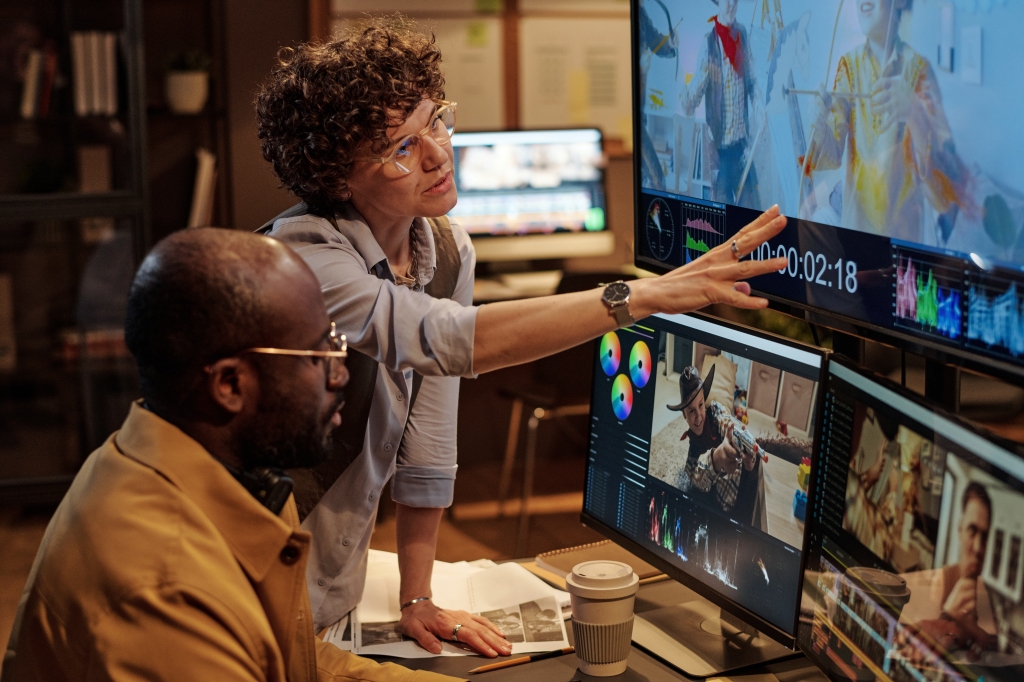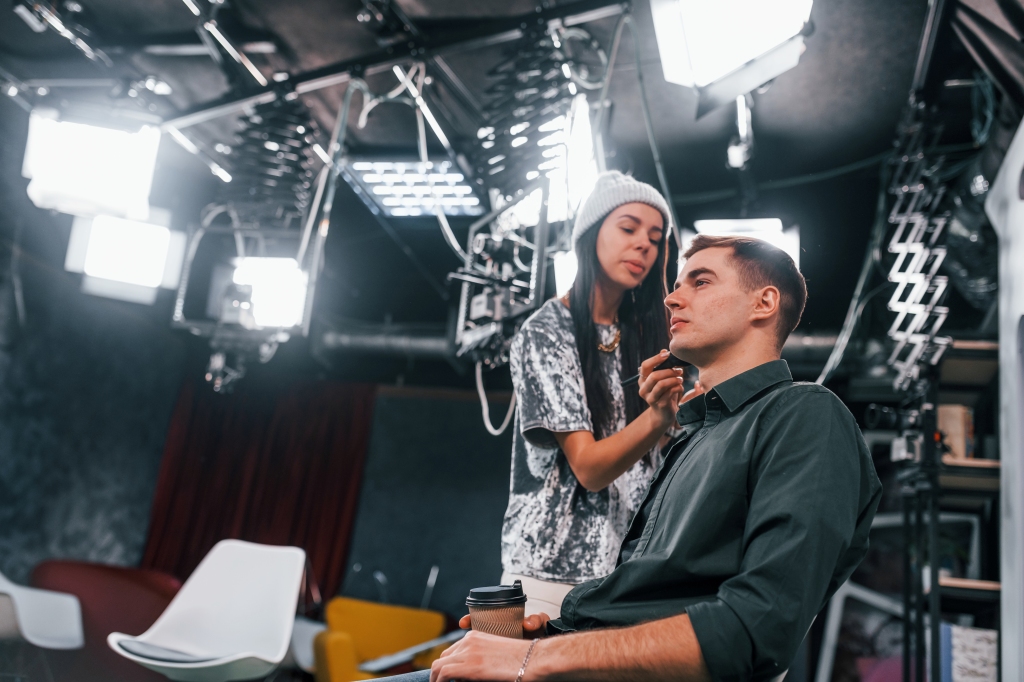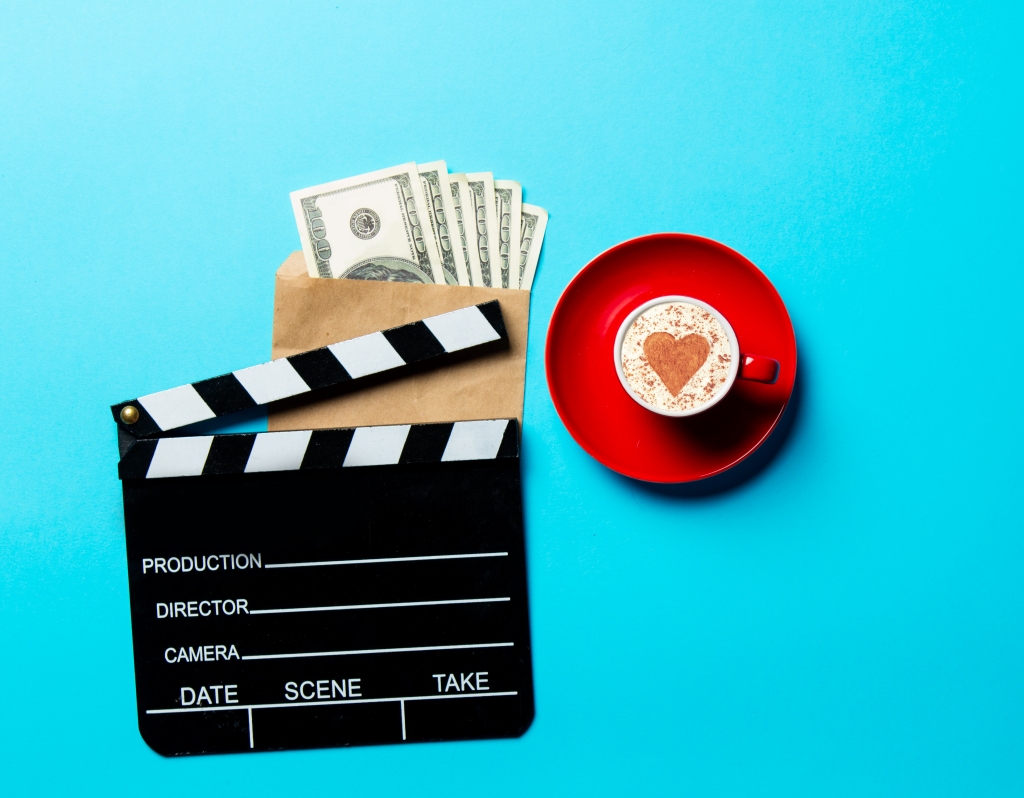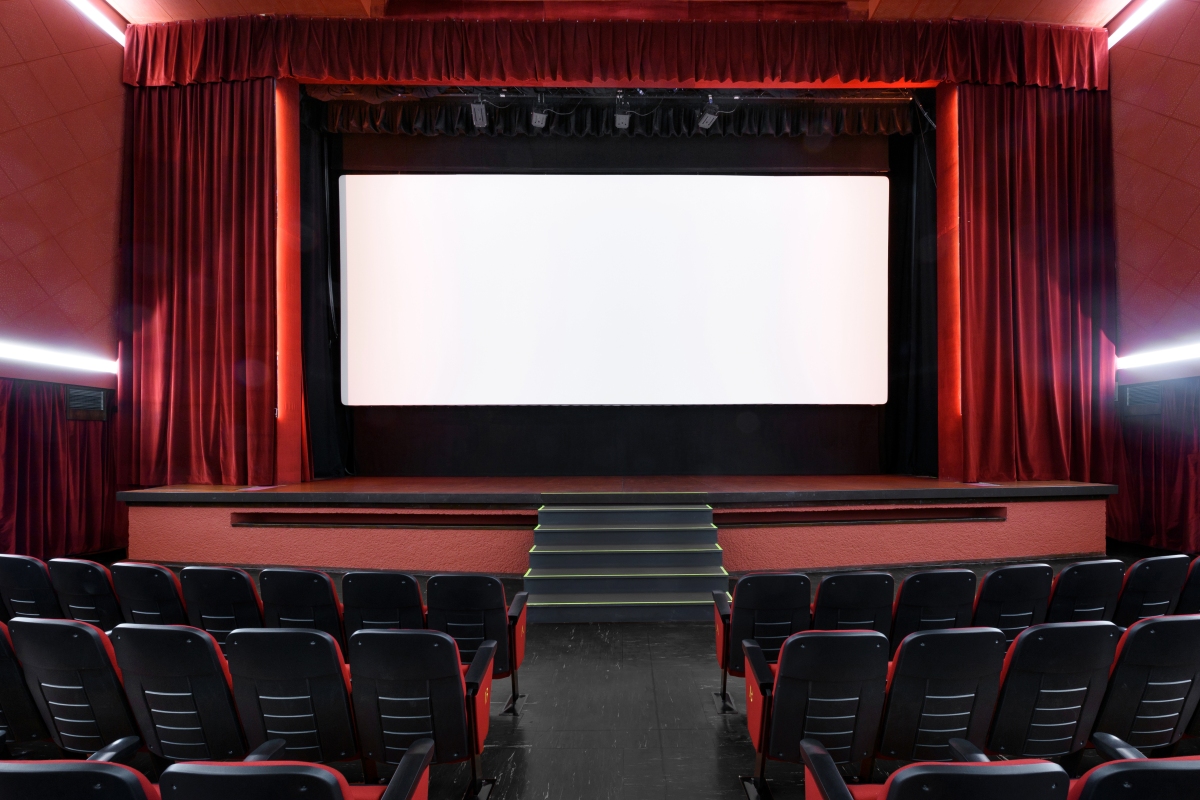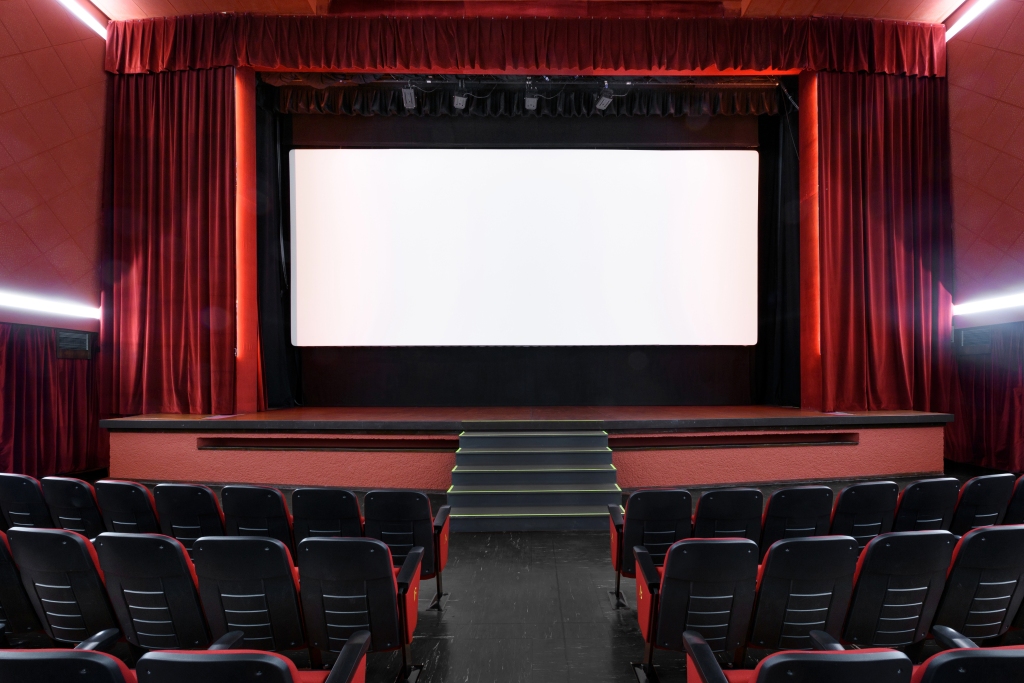Why Your First Film Isn’t Made (Yet):
So, you want to make a movie. You’ve scribbled ideas on napkins, imagined your acceptance speech at Sundance, and maybe even priced out a camera on eBay. But here you are, reading blogs instead of yelling “Action!” What gives? Let’s unpack the most common excuses aspiring filmmakers cling to and why they’re as flimsy as a free tripod from Craigslist.
1. “I Don’t Have Enough Money”
Ah, the classic funds funk. Sure, Spielberg didn’t shoot Jaws on a ramen budget, but plenty of indie legends started with pocket change and a dream. Ever heard of Clerks? Kevin Smith maxed out credit cards and still made magic. These days, you’ve got smartphones capable of shooting in 4K and editing software for the price of a Netflix subscription (or free if you’re crafty). No money? No problem. Creativity is your currency.
2. “I Don’t Have the Right Equipment”
Spoiler alert: You don’t need an IMAX camera to tell a compelling story. (Tangerine was shot on an iPhone, remember?) It’s not the gear; it’s the vision. If you’ve got access to a phone and a few friends willing to fake fight in your backyard, you’re already halfway there.

3. “I Don’t Have the Time”
Let’s be real. You have time to binge an entire season of Stranger Things, but you can’t carve out a weekend to shoot your passion project? Please. Start small. Film a scene during lunch breaks, or storyboard during your commute. If you’re waiting for an uninterrupted month to fall into your lap, you’ll still be waiting when the Oscars add a hologram category.
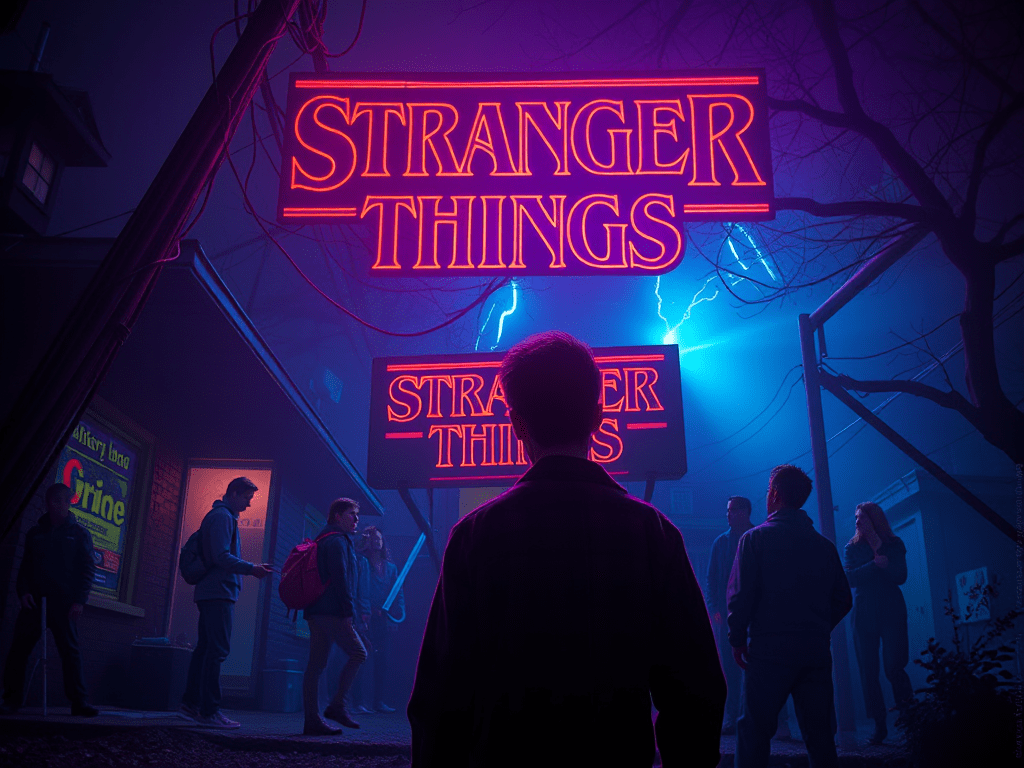
4. “My Idea Isn’t Good Enough”
Guess what? No one’s first idea is. But the magic happens when you start working on it. That “mediocre” idea could evolve into something brilliant once you flesh it out. Plus, Sharknado exists—and it has a sequel. So, let’s not get too precious about “good.”
5. “I’m Waiting for the Right Team”
Sure, collaborating with pros is great, but waiting for Spielberg to return your DM isn’t the move. Assemble your friends, family, and that one co-worker who’s always talking about their theater minor. Everyone starts scrappy. Some of the best crews are built over time—yours could start with borrowed pizza and a dream.
6. “I’m Afraid of Failing”
Here’s the truth: you will fail. Maybe the audio will suck, the pacing will drag, or your lead actor will bail on day three. But failure isn’t fatal; it’s feedback. You learn, you adjust, and your second project will thank you for it. The only true failure is never trying.
7. “The Market Is Too Saturated”
This one’s rich. Sure, there’s a lot of content out there, but there’s only one you. Your voice, perspective, and storytelling style are uniquely yours. Besides, when has too much competition stopped anyone? If Starbucks worried about market saturation, we’d still be sipping gas station coffee.
The Real Talk
Making your first film isn’t about having all the resources; it’s about having the guts to start. Every filmmaker you admire was once an amateur with excuses, but they pushed through. So, stop scrolling, start scribbling, and grab your phone or camera. Your first film doesn’t have to be perfect—it just has to exist.
Lights, camera… no more excuses. Go make your movie. 🎬
As always be inspired, be encouraged, and be collaborative.
Saki Bomb


